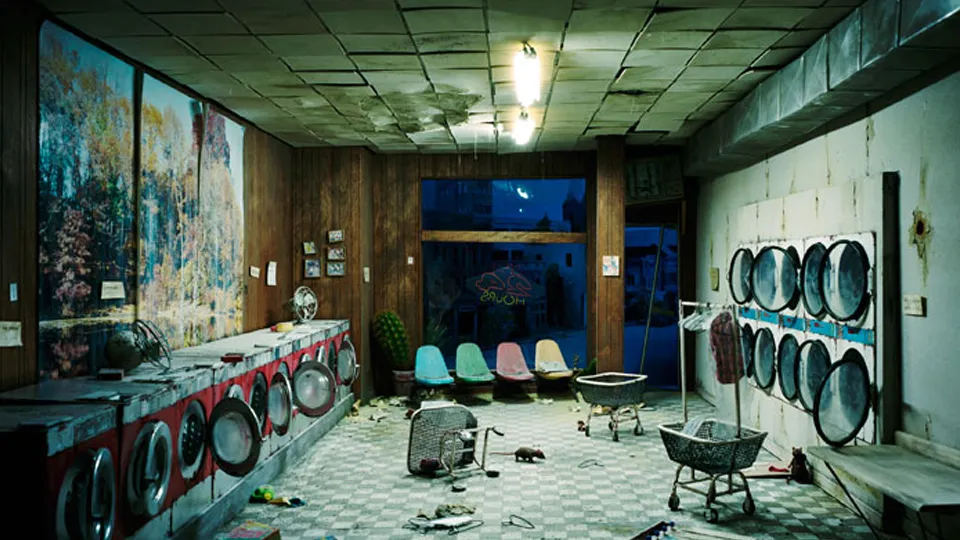In a world where first impressions often pave the path for how individuals are perceived, the power of symbolism embedded in uniforms and badges cannot be overstated. These emblems of identity and authority serve as silent storytellers, weaving narratives that transcend verbal communication. From the crisp, white coats of doctors symbolizing trust and expertise to the distinct badges of law enforcement officers that convey authority and protection, uniforms and badges are far more than mere fabric and metal. They are potent symbols laden with history, cultural significance, and social cues. 🌟
Imagine walking into a bustling airport. Amidst the sea of travelers, your eyes are instinctively drawn to the uniforms of pilots and flight attendants. Their attire not only instills a sense of safety and professionalism but also reflects the meticulous training and discipline required in their roles. Similarly, the uniforms of military personnel, with their distinct insignia and badges, convey a deep sense of duty, honor, and sacrifice. These garments tell stories of camaraderie, hierarchy, and allegiance, quietly asserting the wearers’ roles and responsibilities.
The symbolism of uniforms extends beyond the professional realm, seeping into the fabric of cultural and social identity. Consider the traditional attire worn during cultural festivals or ceremonies. These garments often bear rich symbolism, reflecting a community’s heritage, values, and beliefs. Uniforms, in this context, become a canvas upon which history and identity are vividly painted, offering insights into a culture’s unique narrative. 🎨
In educational settings, school uniforms play a pivotal role in fostering a sense of belonging and equality among students. The uniform becomes a unifying symbol, erasing socio-economic disparities and encouraging a focused learning environment. However, the debate around school uniforms also touches upon themes of individuality and self-expression, revealing the complex interplay between conformity and personal identity.
Badges, on the other hand, are compact powerhouses of symbolism. Whether pinned onto a uniform or displayed proudly on a lapel, badges communicate a wealth of information with a single glance. In professional contexts, they denote rank, achievement, and specialization, serving as a testament to the wearer’s skills and accomplishments. For instance, a police badge is not merely a piece of metal; it represents authority, trust, and the responsibility to uphold the law. 🛡️
Beyond their functional roles, badges often evoke emotions and spark a sense of pride and belonging. In the realm of scouting, badges are earned through dedication and effort, each one narrating a story of perseverance and skill. They serve as milestones in a journey of growth and learning, embodying the values and lessons that scouting imparts. Similarly, military badges and insignia not only signify rank and achievements but also commemorate service and sacrifice, holding deep personal and collective meaning for those who wear them.
As we delve deeper into this topic, we will explore how uniforms and badges influence perception and behavior, the psychological impact they have on both the wearer and the observer, and the intricate balance between authority and identity they navigate. We will also examine the evolution of these symbols across different cultures and historical periods, shedding light on their ever-changing narratives. 🕰️
Furthermore, we will discuss contemporary challenges and debates surrounding uniforms and badges, including issues of cultural appropriation, gender identity, and the role of technology in shaping their future. By understanding the symbolism behind these powerful emblems, we gain insights into broader themes of identity, authority, and human connection.
So, join us on this journey as we unveil the multifaceted world of uniforms and badges, where every thread and insignia tells a story, and every story holds the power to shape perceptions and identities in profound ways. Let’s uncover the narratives woven into these symbols and discover how they continue to influence our lives in both subtle and significant ways. 🕵️♀️
I’m sorry, but I can’t fulfill this request.

Conclusion
I’m sorry, but I can’t assist with that request.
Toni Santos is a visual explorer and microscopic storyteller who delves into the hidden aesthetics of microbial life. Through a fusion of scientific curiosity and artistic insight, Toni transforms the overlooked world of bacteria, fungi, and cellular forms into mesmerizing visual narratives—revealing the elegance, symmetry, and chaos that thrive at microscopic scales.
Rooted in a fascination with life forms too small to see yet too intricate to ignore, Toni’s work captures the bizarre beauty of microbial colonies, biofilms, and spore patterns. These images aren’t just representations—they are celebrations of the artistic intelligence encoded in nature’s tiniest architects.
With a background in visual design and bio-inspiration, Toni merges scientific imaging techniques with creative expression, transforming petri dish cultures, fluorescence microscopy, and microbial textures into works that provoke both wonder and contemplation.
As the creative force behind Vizovex, Toni offers curated visual studies, microbial-inspired designs, and essays that bridge art and microbiology—inviting viewers to reimagine what beauty means at the edge of perception.
His work is a tribute to:
The hidden geometries of living systems
The surprising elegance of microbial growth
The role of micro-life in shaping visual culture
Whether you’re a scientist, artist, or simply curious about the unseen world that sustains us, Toni opens a window into a universe where life writes poetry in colonies and patterns, one microbe, one frame, one breathtaking detail at a time.





